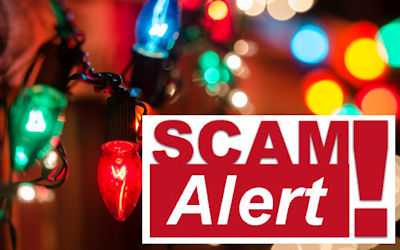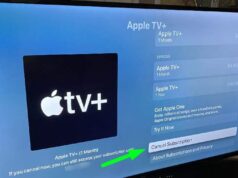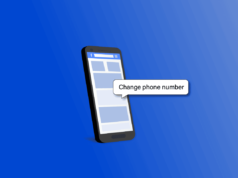Many people receive holiday cards through email for all sorts of occasions, including Christmas, birthdays, Halloween, and more. These computer greeting cards may be called eCards, e-cards, or email cards.
E-cards may have pictures, animation, well wishes, personal messages…or a virus just for you. Scammers know that the holidays are a busy time and would love to capitalize on the idea of seasons greetings by sending various nasty problems, such as:
- Viruses, like a Trojan – programs that can “infect” executable files once it is opened or launched
- Worms – a program that copies itself that does not need a file host but may hide in file attachments
- Spyware or Malware – advertising software that sends information about the computer and surfing habits to a remote location
The Safest Approach to Holiday E-Cards
The safest, quickest, and easiest approach is not to open an e-card. In order to completely rid the computer of the email, users can press “shift” and “delete” or do the following:
- Delete the message from the inbox folder.
- Delete the message in the deleted folder, if the computer does not automatically do so.
How to Screen an eCard Before Opening
Although it may be tempting to immediately open a card claiming well-wishes and happiness, a savvy computer user will investigate before opening. This time is well-spent, as many who have had infected computers will readily attest.
First, check to see if the name of the sender is recognized. If the name is unknown, chances are good that this is not a legitimate greeting. Users should not open an attachment or download programs from an unknown source. However, even if the name is familiar, the email greeting card may contain a computer virus attachment. People with infected computers may send infected messages to friends and family inadvertently.
Check the following warning signs before opening the attachment:
- The header (From) – Look for a web address that differs from the address in the inbox.
- The message (Body) – Look for those that do not identify the recipient by name or contain typos.
- The link (Attachment) – Look for an executable file.
Check the attachment and look at the very end of the file name to see the file extension, which will typically be a period with three letters after it. This can be done by clicking once on the attachment and then carefully looking at the complete file name or by looking at the attachment file name under the “subject” heading. Do not double-click on the attachment or click on open the file as this will launch the file.
Examples of file extensions that are likely to cause computer problems and are probably fake holiday eCards include:
- .exe
- .bat
- .com
- .vbs
- .scr
Examples of file extensions that are typically safe and may indicate a legitimate E-Card are:
- .jpg
- .gif
- .mp3
- .wav
- .txt
Other Ways to Protect a Computer From Viruses & Other Problems
Other basic security precautionary measures include:
Using a firewall
- Using current antivirus and spyware software
- Avoiding clicking or downloading anything from unknown sources
- Reading the end-user license agreement (EULA) before clicking to accept it
- Scanning for viruses before running new files
- Regularly back-up important information on the hard drive and store in a separate and secure location
- How to Protect Against Infected E-Cards
- Just as many people get sick during the holidays, computers can also become “sick” with multiple problems from viruses, worms, spyware, malware, and more. The safest approach to email cards is to delete them without opening them.
People who wish to protect their computers from fake holiday e-cards do well to check to see if they recognize the sender, carefully inspect the header, message, and link for red flags and utilize other computer security measures. By incorporating these safety checks, internet users can often delete those nasty little computer problems and avoid timely computer maintenance.



















